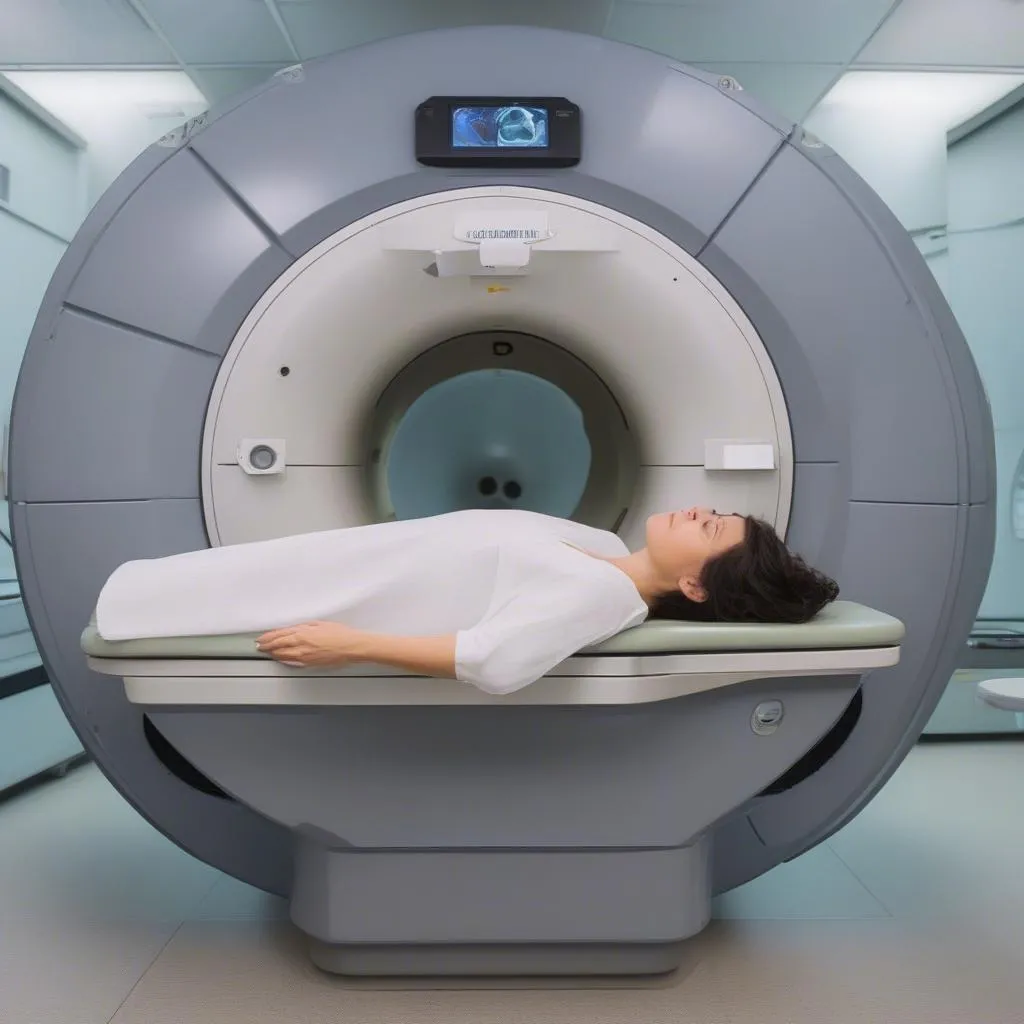Have you ever wondered what the difference is between a CT scan and a PET scan? What about a PET-CT scan? These types of scans are all used in medical imaging, but they each have their own unique advantages and disadvantages. Today, we’ll be diving into the world of PET-CT scans, explaining what they are, how they work, and why they are often used.
What is a CT PET CT?
A PET-CT scan is a type of medical imaging test that combines the benefits of two different types of scans: a positron emission tomography (PET) scan and a computed tomography (CT) scan.
CT vs. PET Scan: A Simple Explanation
Before we dive into the specifics of PET-CT, let’s take a step back and understand what each individual scan does:
-
CT Scan: Imagine taking a series of X-ray images of your body, then combining them to create a detailed cross-sectional view. That’s essentially what a CT scan does. It’s great for visualizing bone structures, organs, and soft tissues. Think of it as a detailed anatomical map of your body.
-
PET Scan: A PET scan uses a radioactive tracer, a special substance that is injected into your body. This tracer travels to specific areas of the body that are actively metabolizing, such as tumors or infected areas. As the tracer decays, it emits positrons, which interact with electrons in the body, producing gamma rays. These rays are detected by a scanner, creating an image that shows the activity levels in different parts of your body. Think of this as a map of your body’s metabolic processes.
Combining the Power of CT and PET
So, where does the PET-CT scan come in? It’s like merging those two maps – the anatomical map from the CT scan and the metabolic map from the PET scan – into a single, comprehensive image. This allows doctors to see not only the structure of a particular area of your body, but also its metabolic activity, which can help them diagnose and monitor various medical conditions.
Why is a CT PET CT Used?
This combined imaging technique is incredibly useful for a variety of reasons, including:
-
Cancer Detection: PET-CT scans are particularly helpful in detecting cancer, especially when it’s in its early stages. They can also be used to stage cancer, meaning determine how advanced it is and how much it has spread. Imagine a situation where a patient visits a doctor with a cough that persists. A PET-CT scan could detect any signs of cancer in the lungs or lymph nodes, enabling early intervention.
-
Heart Disease: PET-CT scans are used to assess the function and health of your heart. They can detect areas of damaged tissue, which can indicate a heart attack or other cardiac problems. Think of this as a stress test for your heart, revealing potential issues that might not be visible through other methods.
-
Neurological Conditions: PET-CT scans can help diagnose neurological disorders, like epilepsy or Alzheimer’s disease. They can also be used to monitor the effects of treatment for these conditions. For example, a PET-CT scan could help doctors understand how well a new drug is working to reduce seizures in a patient with epilepsy.
-
Infections: PET-CT scans can help diagnose infections by revealing areas of increased metabolic activity. They can also be used to monitor the effectiveness of treatment for infections. Think of this as a way to identify a hot spot of infection, showing where the body is working overtime to fight the infection.
CT PET CT: How It Works
The actual PET-CT scan procedure is quite straightforward. You’ll first be given a radioactive tracer intravenously, which travels to the targeted area of your body. After a short waiting period, you’ll lie on a table that slides into a scanner. The scanner rotates around you, taking images of your body from different angles. The whole process usually takes about 30-60 minutes. The scan is painless, and there is no discomfort involved.
FAQs about CT PET CT Scans
How long does it take to get a PET-CT scan result?
The time it takes to receive your results varies, but it can take a few days to a week, depending on the complexity of the scan and the workload of the facility.
Is there any preparation needed before a CT PET CT scan?
You may be asked to fast for a few hours before the scan to ensure your blood sugar levels are normal. You’ll also need to inform your doctor about any medications you’re taking, as some medications can interfere with the scan.
Are there any risks associated with a CT PET CT scan?
As with any medical procedure, there are some risks associated with PET-CT scans. These risks are usually minor, but they can include allergic reactions to the tracer, radiation exposure, and potential discomfort from the injection.
How much does a PET-CT scan cost?
The cost of a PET-CT scan varies depending on your location and the specific facility. The best way to know the cost is to contact your doctor or the facility directly.
CT PET CT: Conclusion
A PET-CT scan is a powerful tool that can provide valuable insights into a wide range of medical conditions. It’s a safe, painless, and effective way to detect, diagnose, and monitor various illnesses. If you have any concerns about your health or need further information about PET-CT scans, it’s always best to consult with your doctor.
 pet-ct-scan
pet-ct-scan
 pet-ct-scan-results
pet-ct-scan-results
If you need any help with your car’s electrical system, contact us today! We’re here to help 24/7. Reach out via Whatsapp at +84767531508.